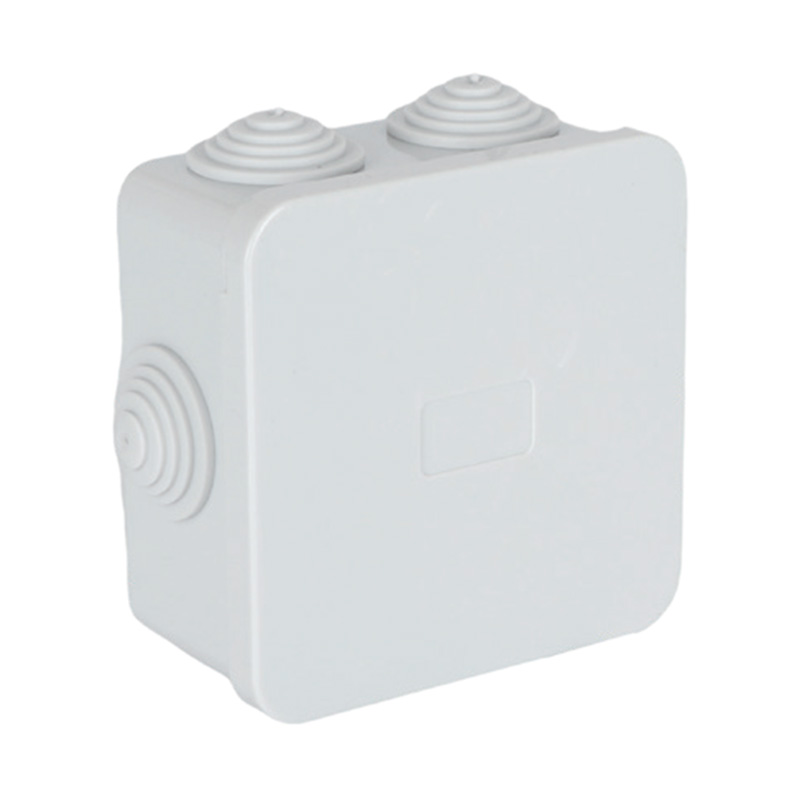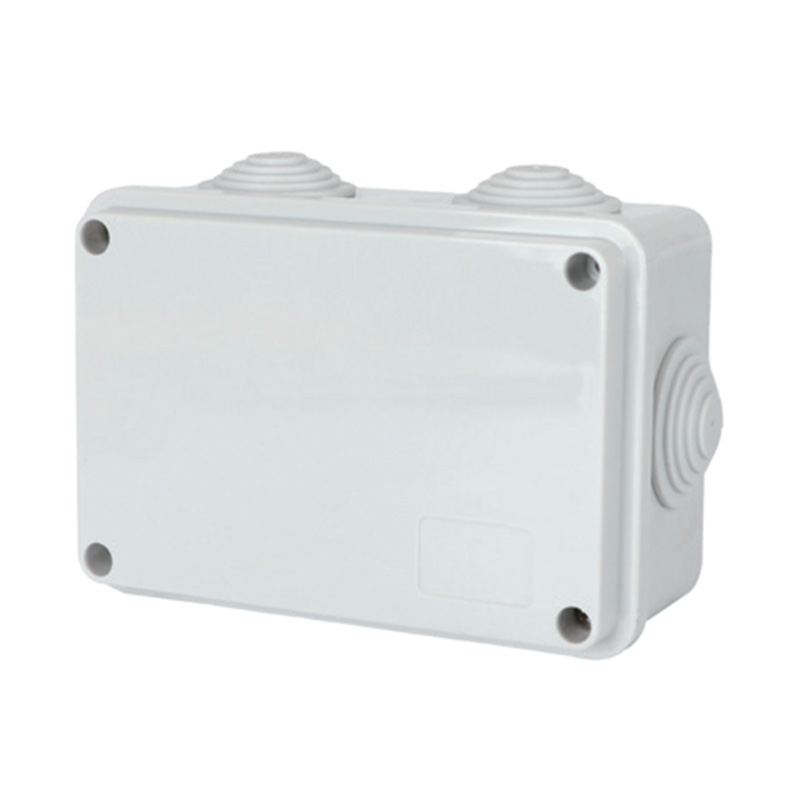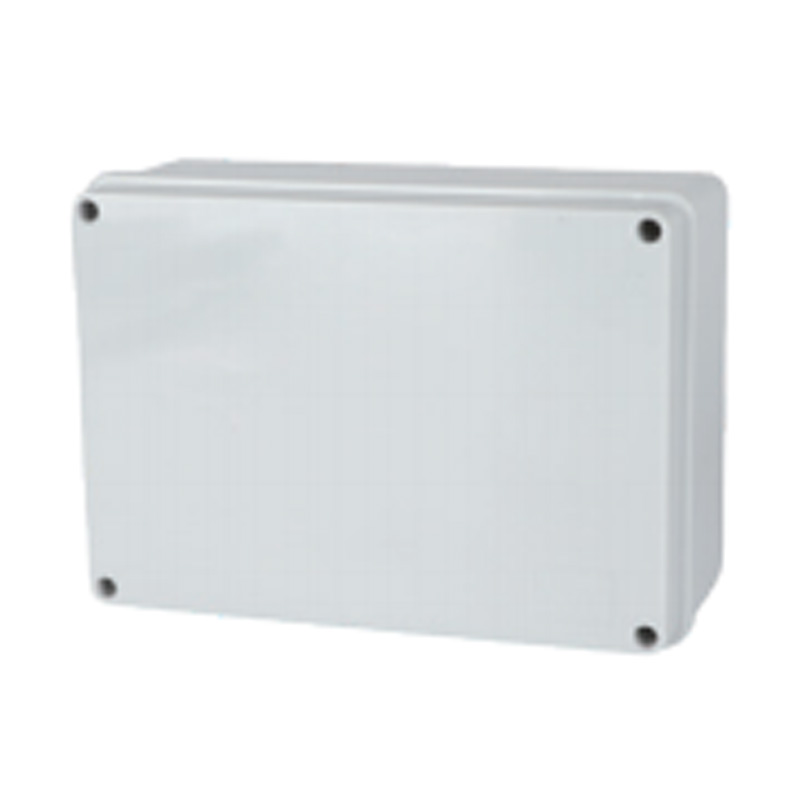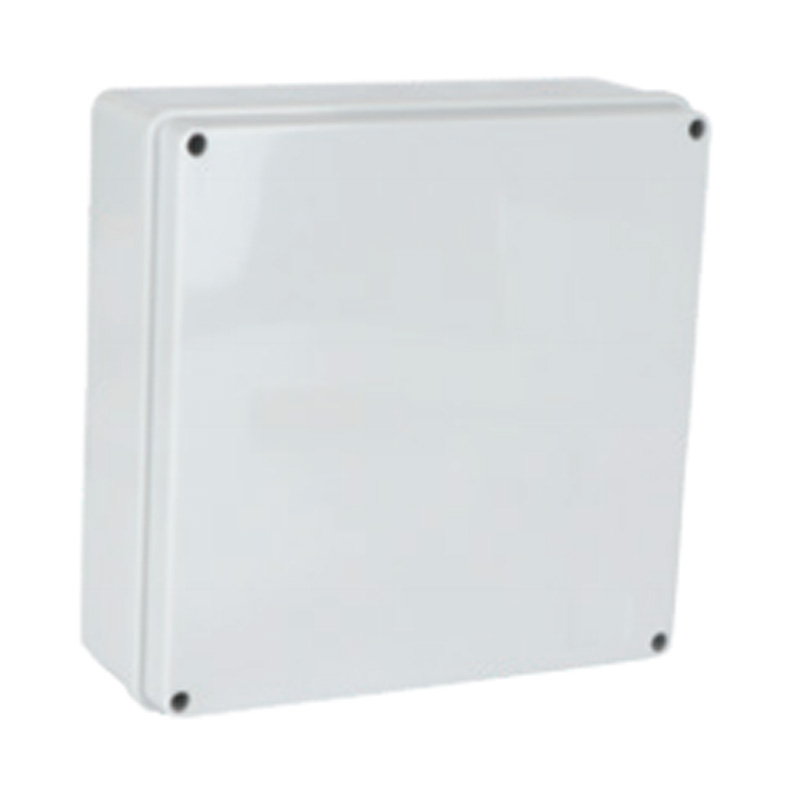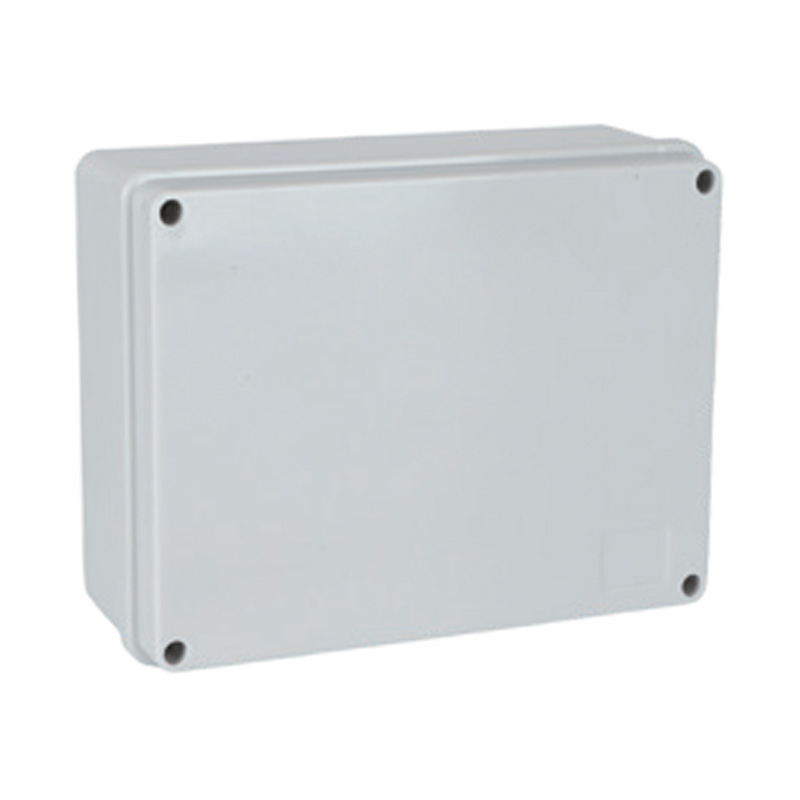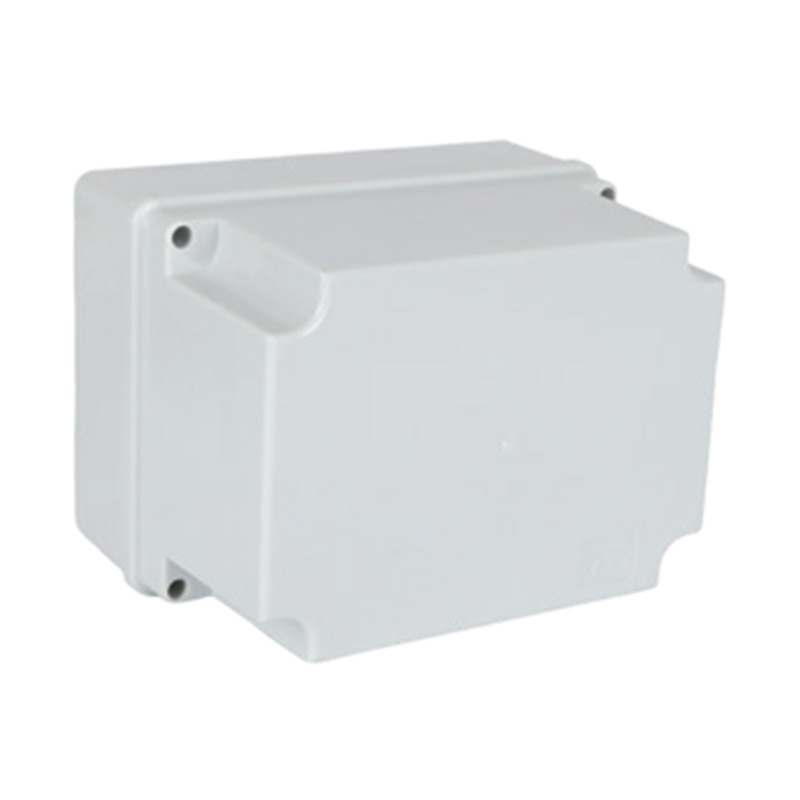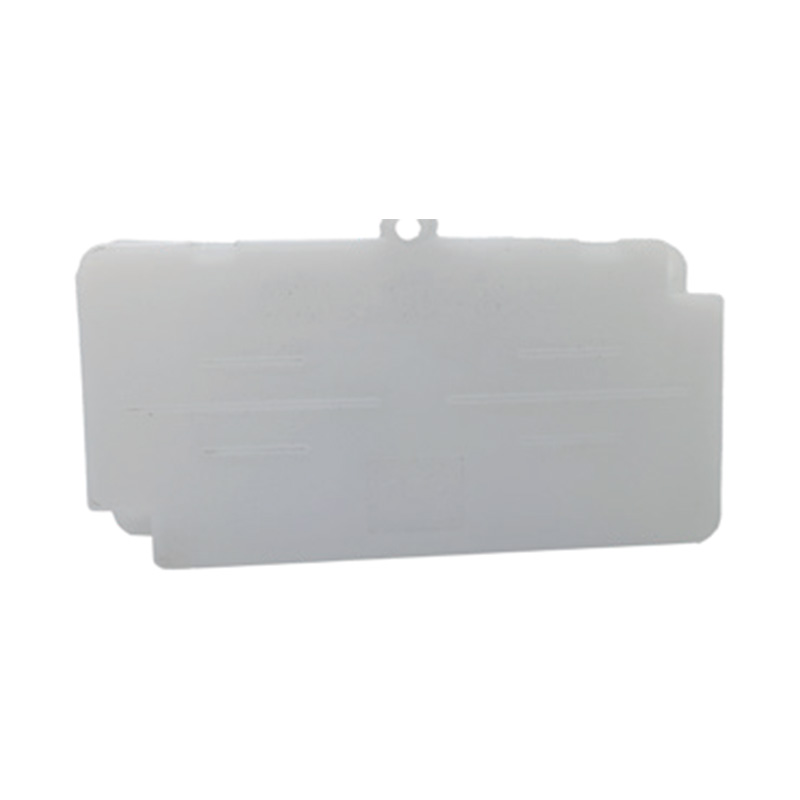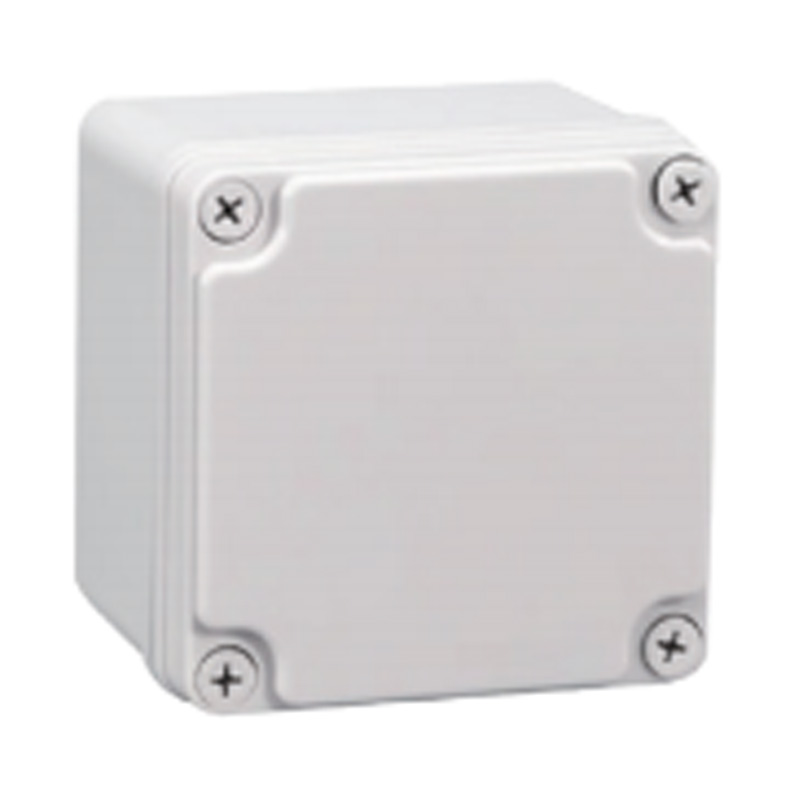Choosing Waterproof vs Stainless Steel Cable Glands
 2025.10.03
2025.10.03
 Industry news
Industry news
A cable gland is a device used to secure and seal the end of an electrical cable to an enclosure, ensuring protection against mechanical strain and environmental factors. Cable glands are essential components for ensuring the safety and reliability of electrical connections, especially in harsh environments. Among the most popular types are Waterproof Cable Gland and Stainless Steel Cable Gland.
What Are Waterproof Cable Glands?
Waterproof Cable Glands are designed to provide a high level of protection against water ingress. These glands are built to withstand environments where water exposure is frequent, such as outdoor installations, marine environments, and areas with high humidity. They typically feature rubber seals or O-rings that create a tight barrier around the cable, preventing water from entering the enclosure.
Waterproof cable glands are often used in industries like telecommunications, marine, construction, and oil and gas, where electrical equipment is exposed to moisture. Whether it’s an underwater application or a wet outdoor space, these glands ensure that your electrical systems remain safe and functional.
What Are Stainless Steel Cable Glands?
Stainless Steel Cable Glands, on the other hand, are designed for environments that require additional mechanical strength, corrosion resistance, and durability. These glands are commonly used in harsh industrial settings where mechanical stresses, corrosive substances, and high temperatures may pose risks to electrical equipment. The stainless steel body offers exceptional strength and resistance to environmental degradation, which is why they are often seen in applications such as chemical plants, offshore platforms, and food processing facilities.
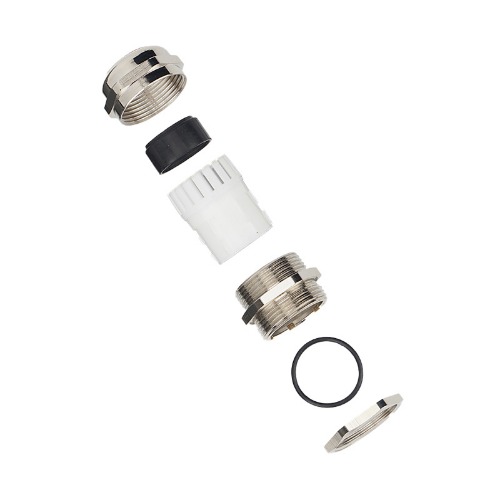
Comparing Waterproof Cable Glands and Stainless Steel Cable Glands
Environmental Protection: Waterproof cable glands are perfect for sealing out water and moisture. They are typically used in wet or submerged environments. However, stainless steel cable glands, while not primarily designed for waterproofing, offer better protection in extreme conditions where physical damage, high temperatures, or chemical exposure might be a concern.
Corrosion Resistance: While waterproof cable glands often feature rubber seals to block moisture, they may not offer the same level of corrosion resistance as stainless steel cable glands. Stainless steel cable glands are more durable in environments with harsh chemicals, salty air (like coastal areas), or high temperatures, ensuring a longer lifespan.
Installation and Maintenance: Waterproof cable glands are easier to install in most cases, especially in situations where water ingress is the main concern. On the other hand, stainless steel cable glands may require more careful installation due to their robust design and material properties. However, they require less maintenance over time since stainless steel is resistant to rust and corrosion.
How to Choose the Right Cable Gland?
The choice between Waterproof Cable Glands and Stainless Steel Cable Glands largely depends on the specific requirements of your application. Consider the following factors:
Environmental Conditions: If your installation is exposed to water, moisture, or wet conditions, waterproof cable glands are likely the best choice. However, if the installation is in a highly corrosive or mechanically demanding environment, stainless steel cable glands are the better option.
Mechanical Strength: For applications that require additional protection from physical impacts, stainless steel cable glands are ideal due to their durability and strength.
Cost Considerations: While stainless steel cable glands are generally more expensive than waterproof cable glands, they may provide a better long-term investment, especially in corrosive or high-impact environments.
Consider your application’s needs carefully, and make an informed decision to ensure the safety and durability of your electrical installations.


 English
English 中文简体
中文简体 Español
Español عربى
عربى

